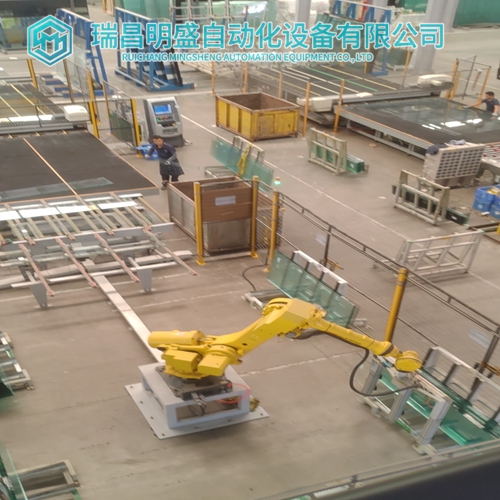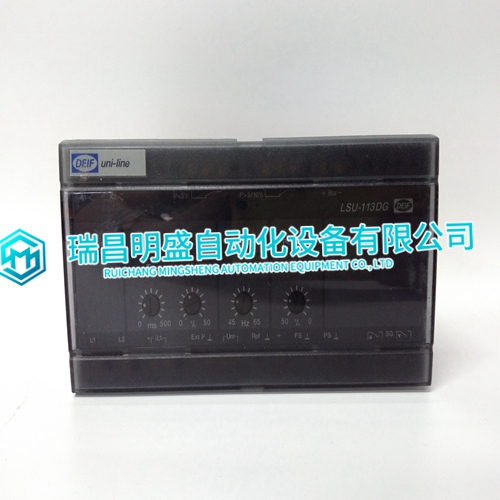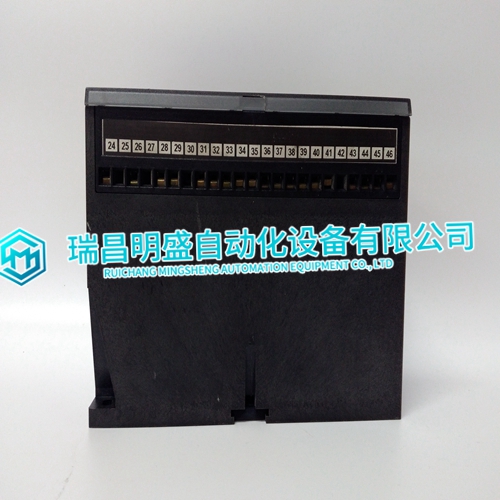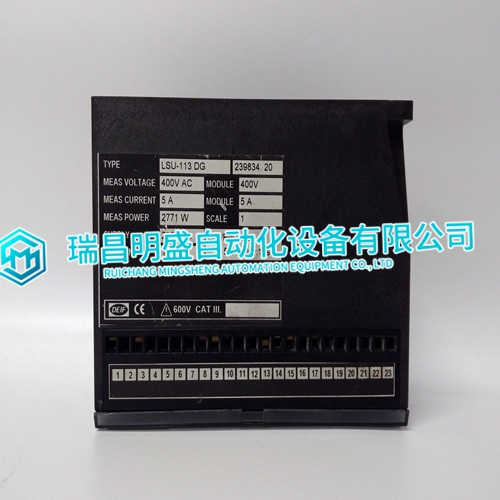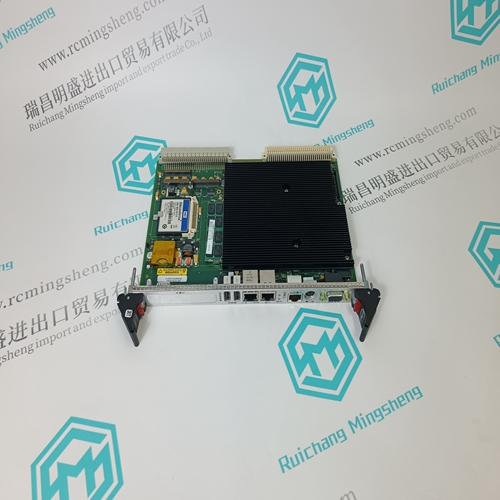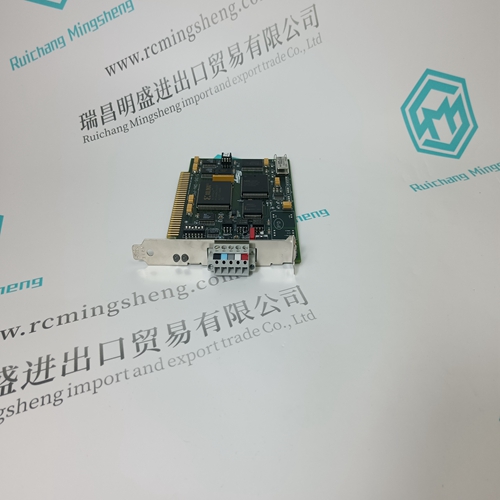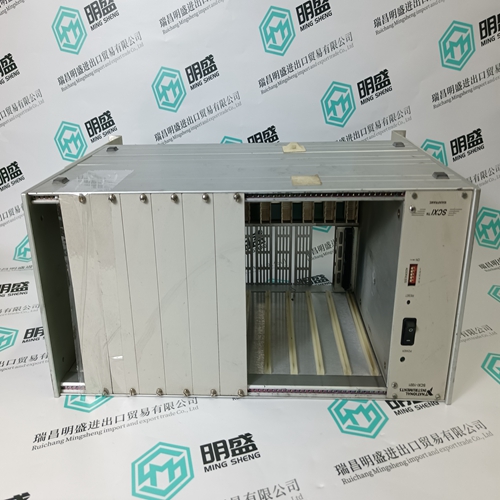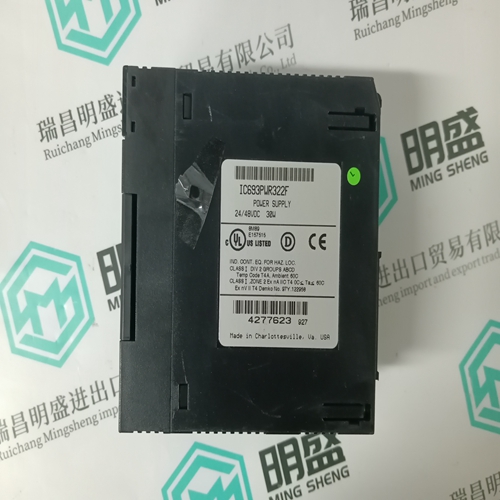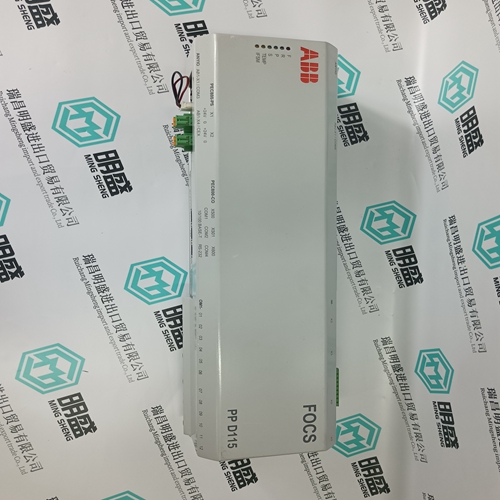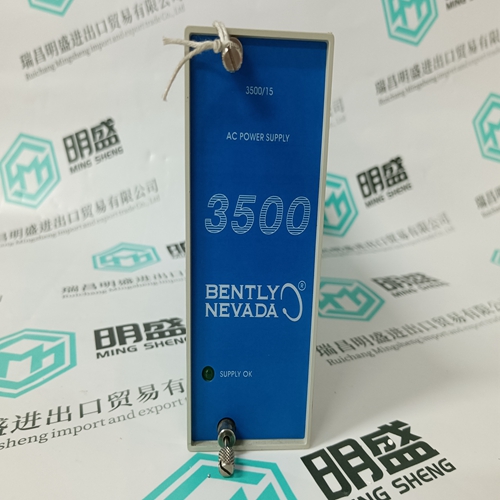Home > Product > Servo control system > DEIF LSU-113DG Thermal resistance module
DEIF LSU-113DG Thermal resistance module
- Product ID: LSU-113DG
- Brand: DEIF
- Place of origin: the United States
- Goods status: new/used
- Delivery date: stock
- The quality assurance period: 365 days
- Phone/WhatsApp/WeChat:+86 15270269218
- Email:xiamen2018@foxmail.com
- Tags:DEIFLSU-113DGThermal resistance module
- Get the latest price:Click to consult
DEIF LSU-113DG Thermal resistance module
No message faults, address faults, and type faults are non-latching. When these faults occur for an input module, the application program will give default values for each channel. Troubleshooting Flowchart If a problem occurs with the LINKnet network, use Figure 11-25 (Troubleshooting Flowchart) as a guide to find and repair the problem.The LINKnet 16 Channel Discrete Input (DI) Module provides sixteen discrete input for field switches or relay contacts. All sixteen inputs require a +24 Vdc source. A filtered and fused internal power source is provided or an external +24 Vdc source referenced to the 24 V Common of the module may be used to sense the state of the contact or switch.Install the LINKnet 16CH Discrete Input Module on the DIN rail and connect to the appropriate LINKnet network and 24 Vdc power. The inputs can be wired using the internal +24 V connections or an external 24 V power source if desired. Wire the discrete inputs per Figure 11-16. Set module address one’s and ten’s rotary switches per application setup.
The module receives information
from field switches and relays. Power is provided for these contacts, on four terminal blocks, TB-5 through TB-8. The input power on TB-2 may also be used, but does not have the benefit of an internal fuse and some filtering, therefore external fusing should be provided. The state of each discrete input is passed through an optoisolator and an LED to the shift register. In this manner, the LED's will light when a contact is closed. The module processor receives this information and transmits it through the transceiver to the LINKnet controller module. See Figure 11-17 for block diagram of the Discrete Input module. The LINKnet system accommodates hot-replacement of faulty nodes. When replacing a node, the network cable connections must remain intact. A faulty node can be removed from the network by pulling both terminal blocks out of their headers, and removing the node from the DIN rail. The address switches of the replacement node should be set to match those of the faulty node. The replacement node can then be mounted on to the DIN rail, and the terminal blocks pushed into the headers. It is then necessary to reset the node through the application program to reinitiate communications with the LINKnet controller module and to clear the "no message" fault.
The fault LED denotes
the status of the module processor, and will be off during normal operation. If the fault LED is on or is blinking, and cycling power to the module does not change it, then the I/O module should be replaced. The module address circuit reads the selected module address from the rotary switches on each node. This address should correspond to the address of the I/O module hardware in the application program. If these rotary switches are set incorrectly, the node will not communicate with the LINKnet controller module, and a "no message" fault will be annunciated through the application program. If two nodes are set to the same address, an "address" fault will be annunciated through the application program, and both nodes will not function. If the node address switches are changed, power to the module must be cycled before it will read the new module address and change its communication accordingly.
The main products
Spare parts spare parts, the DCS control system of PLC system and the robot system spare parts,
Brand advantage: Allen Bradley, BentlyNevada, ABB, Emerson Ovation, Honeywell DCS, Rockwell ICS Triplex, FOXBORO, Schneider PLC, GE Fanuc, Motorola, HIMA, TRICONEX, Prosoft etc. Various kinds of imported industrial parts
Products are widely used in metallurgy, petroleum, glass, aluminum manufacturing, petrochemical industry, coal mine, papermaking, printing, textile printing and dyeing, machinery, electronics, automobile manufacturing, tobacco, plastics machinery, electric power, water conservancy, water treatment/environmental protection, municipal engineering, boiler heating, energy, power transmission and distribution and so on.
